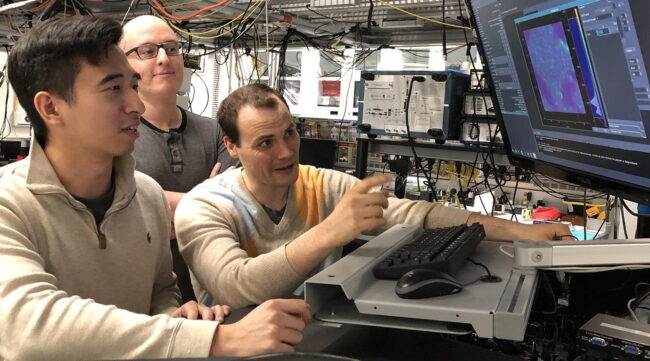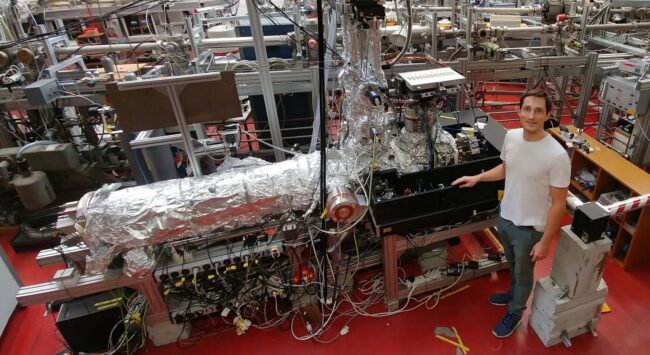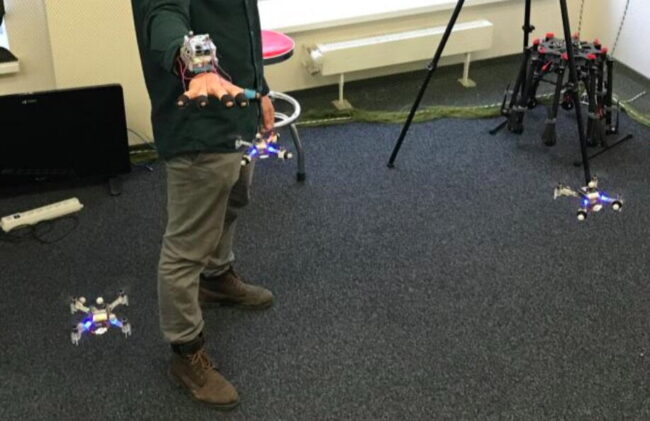Peter Higgs, who proposed the existence of the ‘God particle,’ has died at 94
Nobel prize-winning physicist Peter Higgs, who proposed the existence of the so-called “God particle” that helped explain how matter formed after the Big Bang, has died at age 94, the University of Edinburgh said Tuesday. The university, where Higgs was emeritus professor, said he died Monday following a short illness. Higgs predicted the existence of…








